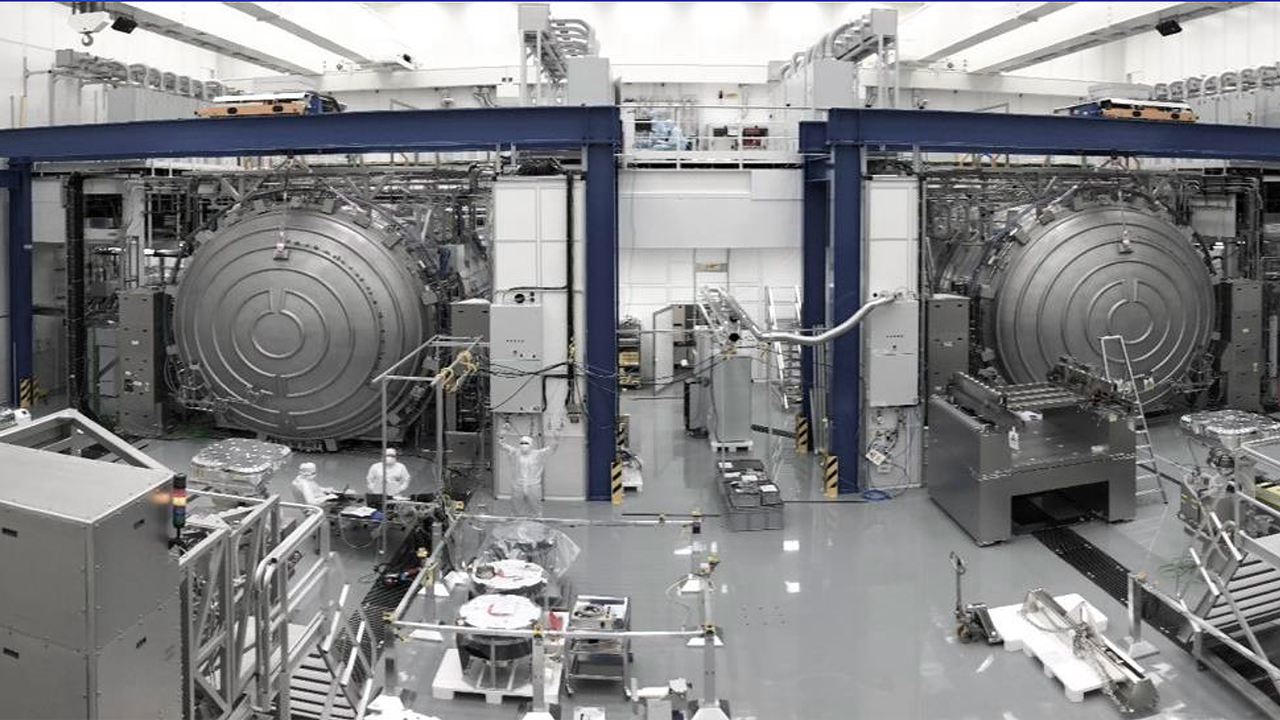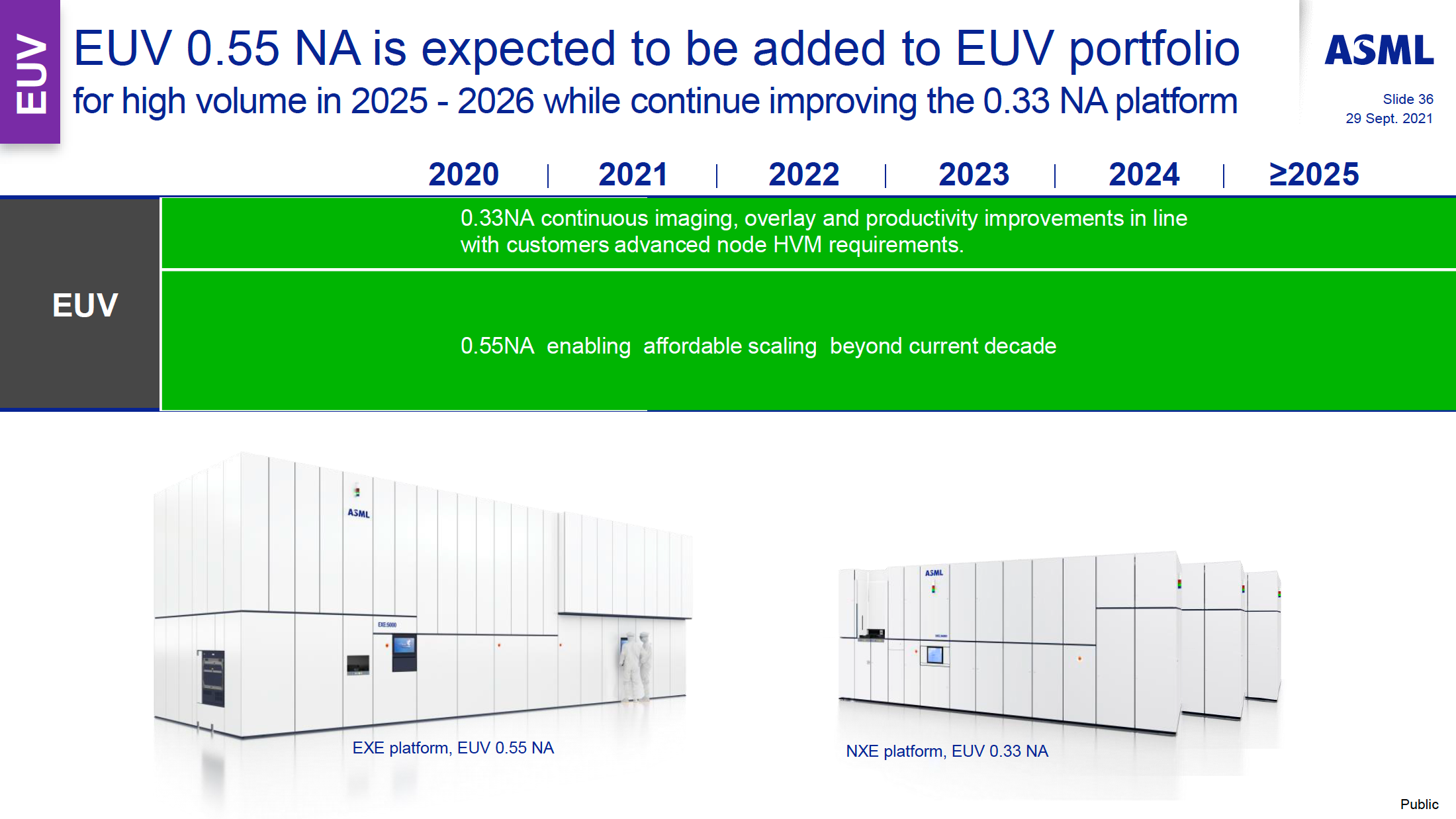Intel is buying leading-edge lithography tools — report says Intel will acquire 6 of 10 High-NA EUV tools produced by ASML next year
Samsung has also reached an agreement to obtain high-NA EUV tools from ASML

Intel will be the first company to get an extreme ultraviolet (EUV) lithography tool with a 0.55 numeric aperture (high-NA) from ASML this year and it's also going to obtain the majority of the company's machines in 2024, according to a report by TrendForce. These tool procurement tactics indicate that Intel is poised to use Twinscan EXE machines extensively, going forward.
Intel is about to get its first Twinscan EXE:5000 pilot scanner from ASML and plans to use it to learn how to better apply high-NA EUV lithography into commercial production of chips. The company initially planned to use this litho technology for its Intel 18A (18 angstroms, 1.8nm-class) production node to print the smallest features possible, but instead opted for EUV multi patterning as high-NA tools are coming later than expected.
The additional six high-NA EUV litho tools that the company is going to get next year — Twinscan EXE:5200 scanners — will be used for mass production of chips using Intel's 18A or other process technologies in 2025 and onwards.
Usage of the Twinscan EXE may positively affect the company's production cycles, though it is hard to say whether this will have a positive effect on Intel's costs as these machines will be considerably more expensive (some say between $300 million and $400 million) than ASML's Twinscan NXE:3600D or NXE:3800E — which already exceed $200 million. Furthermore, because high-NA litho tools have two times smaller reticle size, their usage will be different from what we see with typical EUV machines.

Intel will be ahead of its rivals when it comes to high-NA learning, which will give it several advantages. Specifically, because Intel will likely be the first company to initiate high-volume production with high-NA tools, the fab tool ecosystem will inevitably follow its requirements. Said requirements will likely translate to industry standards, which will probably give Intel strategic advantages over rivals from TSMC and Samsung Foundry.
But Intel's rivals are also looking to obtain high-NA tools. Samsung Electronics' vice chairman and head of the company's device solutions division Kyung Kye-hyun said this week that the company reached an agreement with ASML regarding procuring high-NA tools.
"Samsung has secured a priority over the high-NA equipment technology," Kyung Kye-hyun said, according to SamMobile. "I believe we created an opportunity for us to optimize the usage of high-NA technology for our production of DRAM memory chips and logic chips in the long term."
Get Tom's Hardware's best news and in-depth reviews, straight to your inbox.

Anton Shilov is a contributing writer at Tom’s Hardware. Over the past couple of decades, he has covered everything from CPUs and GPUs to supercomputers and from modern process technologies and latest fab tools to high-tech industry trends.
-
elforeign High NA has been a long time coming. It will be interesting to see how quickly they can get these ramped up for production and what initial yields will look like.Reply -
Murissokah Reply
At this point nobody does, really. That's precisely the reason Intel wants to get their hands on them first.peachpuff said:Does intel know how to use these? They've been on 14/10nm for so long... -
Co BIY Replypeachpuff said:Does intel know how to use these? They've been on 14/10nm for so long...
They purchased the first prototype machine for learning.
Buying 6 of 10 available is a pretty large commitment. I doubt they'll be using these with training wheels.
OTOH if TSMC bought 4 of 10 that doesn't really leave them behind.
Samsung's commitments to purchase sound like they could be commitments sometime into the future.
